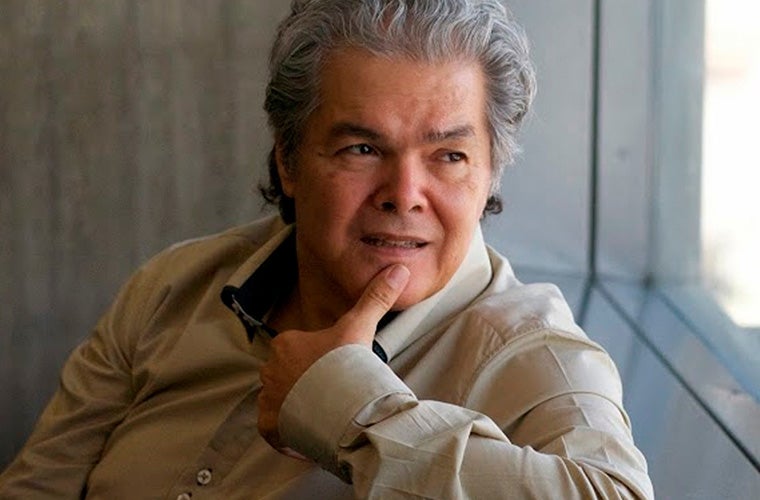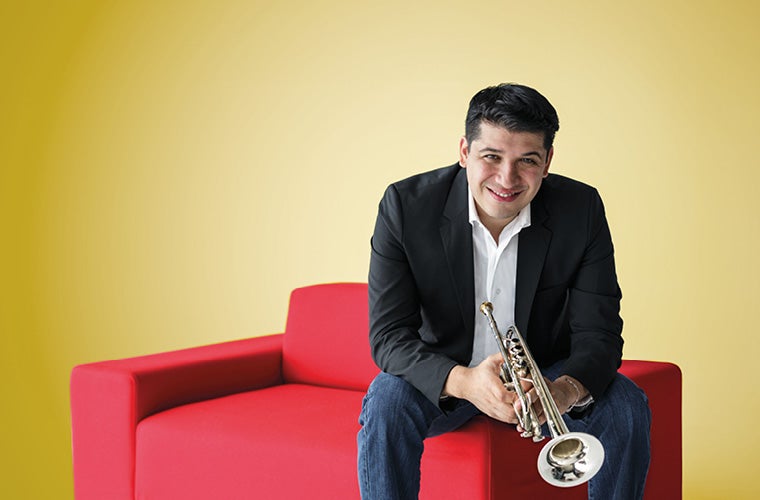
Arturo Márquez
b. 1950
Biography
Arturo Márquez was born deep in the Sonoran desert in the colonial town of Alamos, Mexico on December 20, 1950. His mother, Aurora Navarro, says “her womb cried” when describing his birth. He was named after his father, Arturo Márquez, who was of Mexican descent from Arizona. Arturo’s father was a man of many talents. He played the violin, was a mariachi, and worked as a carpenter when the family needed to make ends meet. He introduced his first born son to music. Arturo’s father often played with a quartet, so his first music lessons consisted of listening to the traditional music, waltzes, and polkas they performed.
The Márquez family moved to Los Angeles, California in 1962 where Arturo began to study violin and several other instruments at his junior high school. He also began to compose. Márquez said, “My adolescence was spent listening to Javier Solis, sounds of mariachi, the Beatles, Doors, Carlos Santana and Chopin.” At 17 he returned to Sonora, and the following year he was named director of Municipal Band Director in Navojoa.
Márquez entered the Mexican Music Conservatory in 1970 where he studied with Joaquin Gutierrez Heras and Federico Ibarra. Later he received a scholarship from the French government to study composition with Jacques Casterede in Paris. After studying in France he received a prestigious Fulbright Scholarship in the US, where he used it to obtain a MFA degree from the California Institute of the Arts.
Until the early 1990s Márquez’ music was largely unknown outside his native country. That changed when he was introduced to the world of Latin ballroom dancing. The movement and rhythms led him to compose a series of pulsating Danzones. The Danzones are a fusion of dance music from Cuba and the Veracruz region of Mexico. The most popular of the Danzones is the Danzón No. 2. It thrills audiences with its entrancing, seductive rhythms. The Danzón No. 2 was commissioned by the National Autonomous University of Mexico (UNAM), and because of its popularity, it is often called the second national anthem of Mexico.
Arturo Márquez works at the National University of Mexico, Superior School of Music and the National Center of Research, Documentation and Information of Mexican Music. He and his family live in Mexico City.
Credit: Concierto
Featured Events
Flores Performs Márquez
- FandangosRoberto Sierra
- MorocotaPacho Flores
- Concierto de OtoñoArturo Márquez
- SensemayáRevueltas
- Sinfonía Buenos AiresPiazzolla
